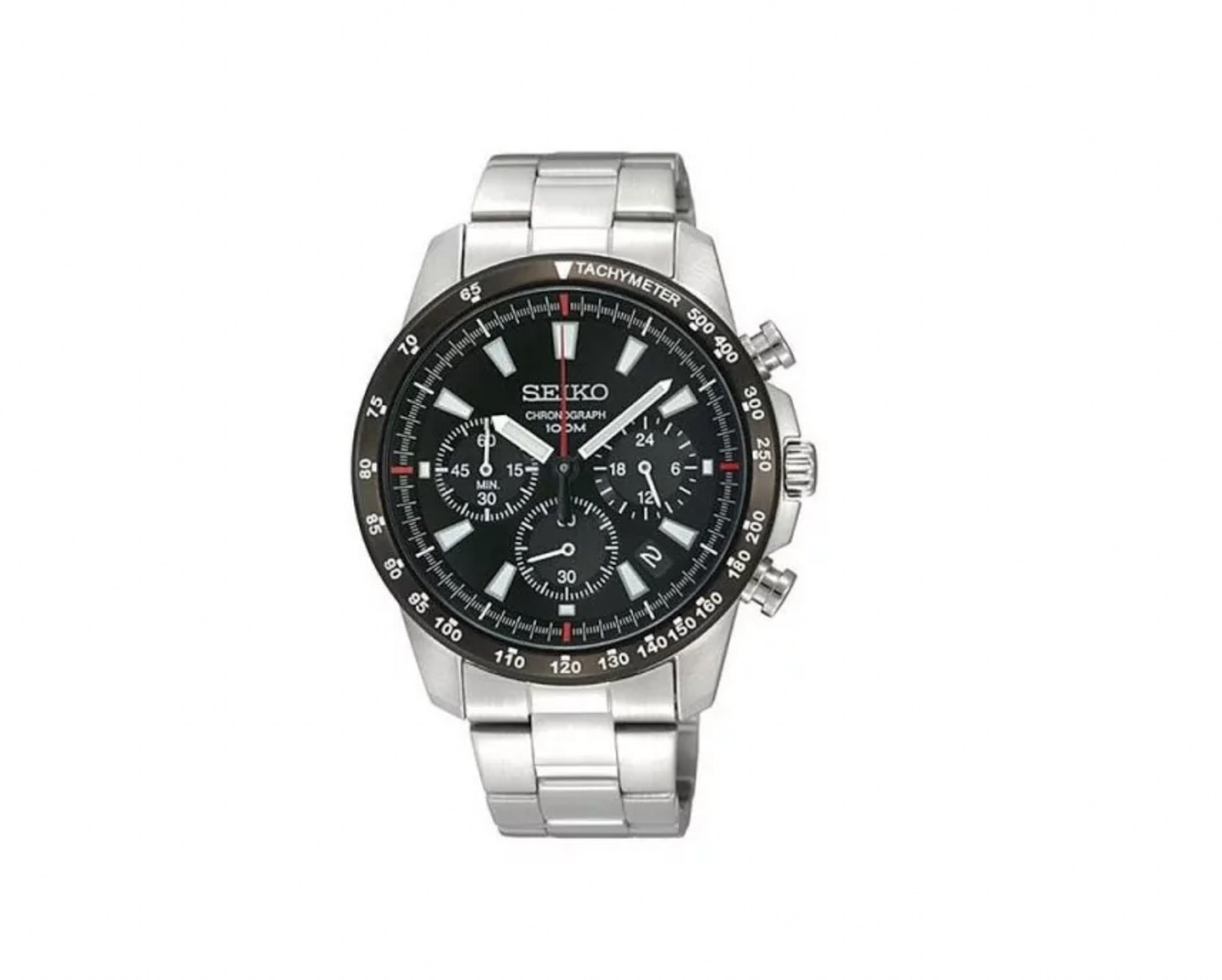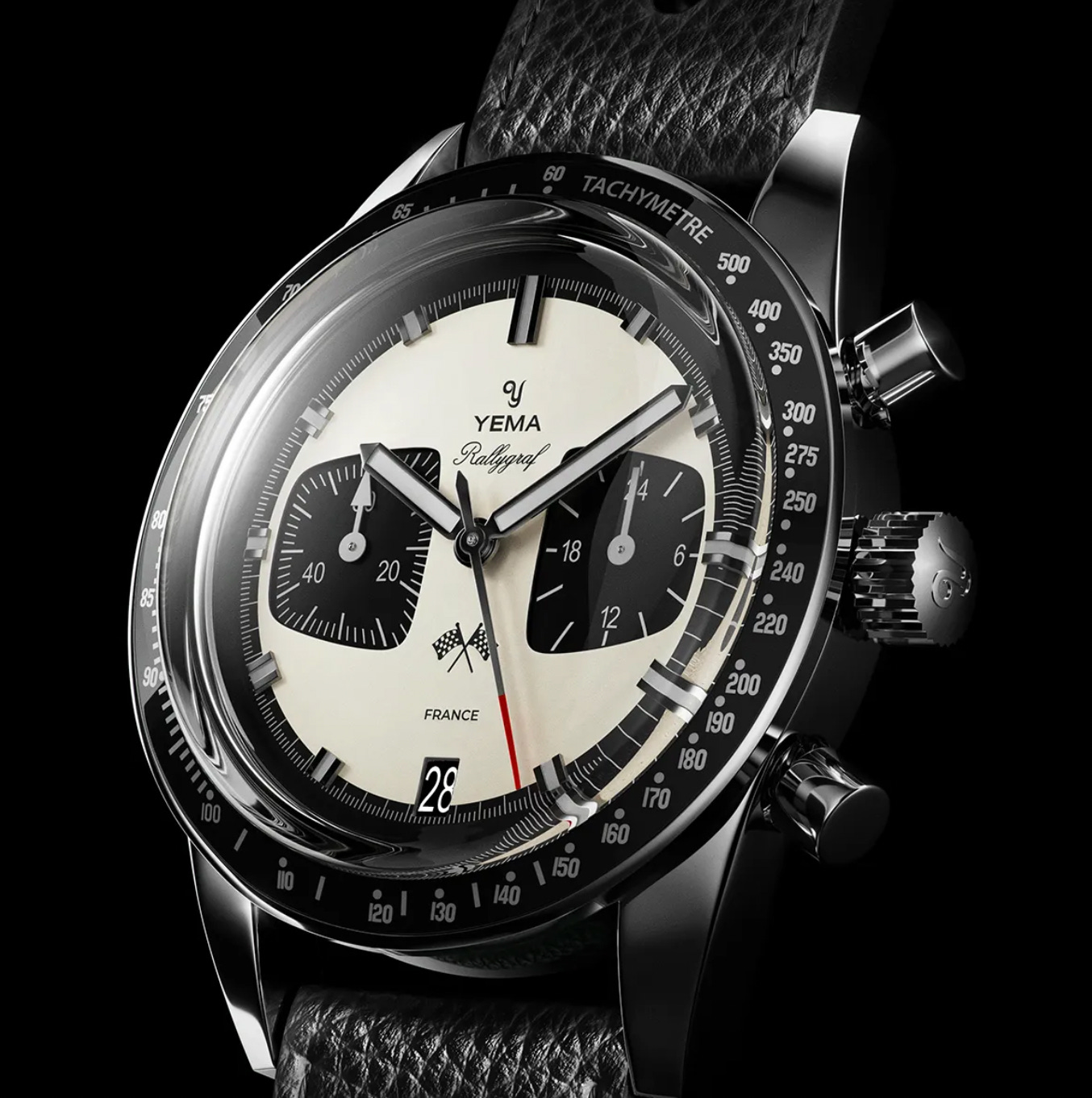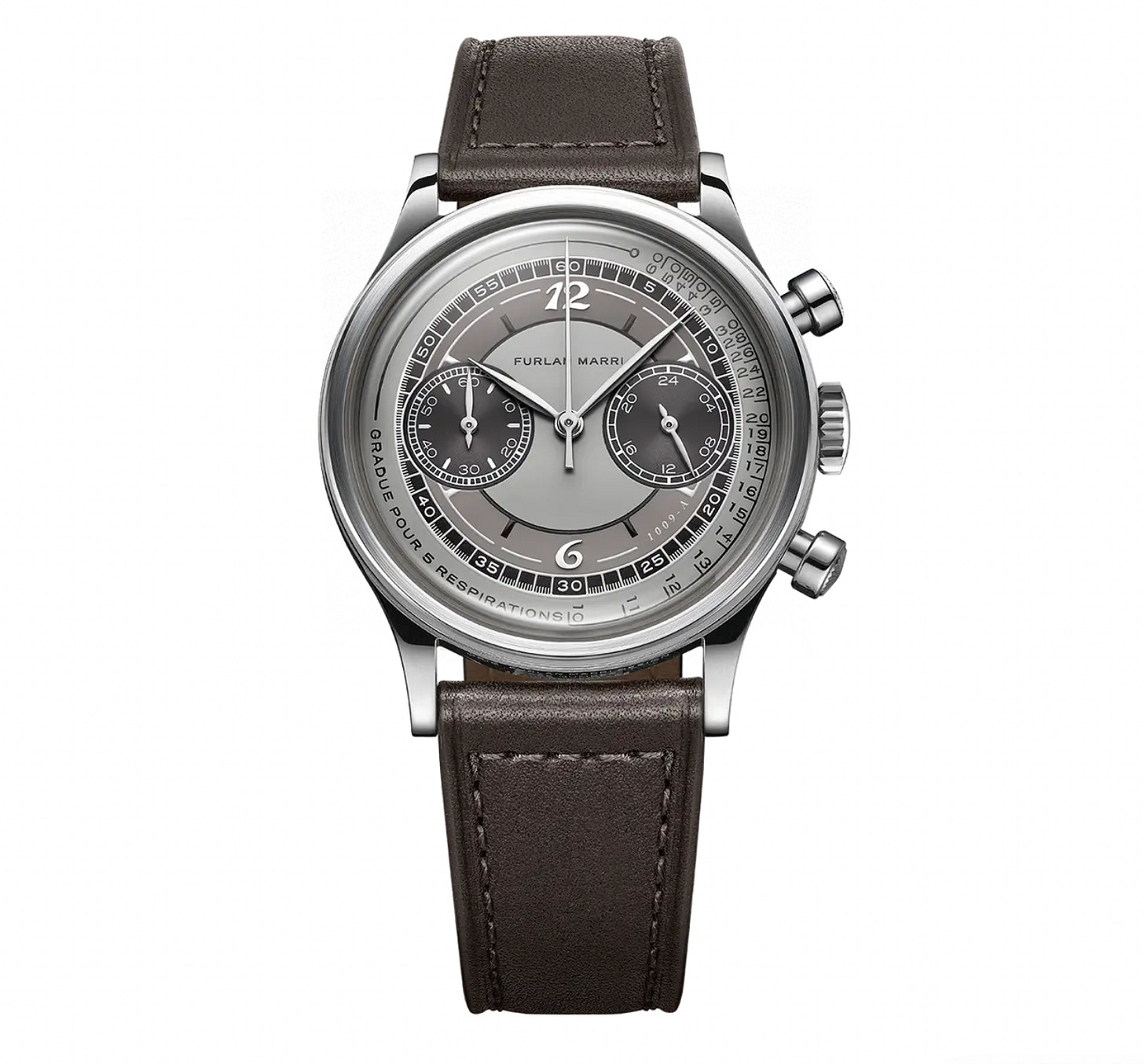Imagine a timepiece that marries the precision of quartz with the soul of mechanical craftsmanship—a hybrid that has survived and thrived, becoming a symbol of the watch industry's resilience and creativity.
Mechaquartz movements have played a crucial role in the evolution of modern watchmaking. Born during the tumultuous era of the Quartz Crisis in the 1980s, these innovative movements bridged the gap between the precision of quartz technology and the traditional appeal of mechanical chronographs. By combining the best of both worlds, mechaquartz movements not only preserved the essence of conventional watchmaking but also introduced a new standard of reliability and affordability.
Hybrid Movements
Mechaquartz movements are a hybrid type of watch movement that combines mechanical and quartz technology elements. They are fundamentally powered by a quartz oscillator that generates a consistent and precise electronic signal that drives the watch's timekeeping functions, ensuring it maintains high accuracy, typically within a few seconds per month. In addition to the quartz base, mechaquartz movements include a mechanical chronograph module. This mechanical component operates the chronograph functions (starting, stopping, and resetting) like a fully mechanical chronograph.
Mechaquartz movements are generally more affordable to produce than fully mechanical movements, especially high-end mechanical chronographs. They are popular in mid-range watches that aim to offer a blend of mechanical appeal and quartz accuracy. They tend to have a longer battery life than traditional quartz chronographs because the quartz part of the movement does not power the chronograph function, which conserves energy. While more reliable than fully mechanical movements, mechaquartz movements still require periodic maintenance, particularly the mechanical chronograph module, which can be more complex to service than standard quartz watches.
Mechaquartz watches combine the hassle-free operation of quartz watches (with long battery life and no need for daily winding) with the engaging experience of using a mechanical chronograph. They are a practical choice for users who want convenience and a more interactive watch experience.
Key Milestones in the Invention of Mechaquartz Movements
Mechaquartz movements were invented in the 1980s as part of the broader innovation efforts in the watch industry, during a time when quartz technology was becoming increasingly dominant. Watch manufacturers, seeking to blend the appeal of mechanical watches with the accuracy and lower maintenance needs of quartz, began experimenting with hybrid movements.
Collectors generally recognize the Seiko 7A28, introduced in 1983, as the first mechaquartz movement. Following Seiko's 7A28, other notable mechaquartz movements were introduced by brands like Jaeger-LeCoultre (Caliber 630) and Frédéric Piguet (Caliber 1270). Several prestigious brands, including Omega, Cartier, Breitling, and IWC, were early adopters of the mechaquartz movements developed by Jaeger LeCoultre and Frédéric Piguet. One of the most well-known applications of the mechaquartz movement was the Omega Seamaster Polaris Chronograph, launched in the late 1980s and featuring a Jaeger-LeCoultre mechaquartz movement (Caliber 1441).
How a Mechaquartz Movement Works
At the heart of a mechaquartz movement is a quartz oscillator, which vibrates at a high frequency (typically 32,768 times per second). A small battery powers this oscillator and generates a precise electronic signal that drives the watch's timekeeping functions. The electronic circuit uses the signal from the quartz oscillator to regulate the movement of the watch hands (hours, minutes, and sometimes seconds). This part of the mechaquartz movement functions similarly to a standard quartz watch, ensuring high accuracy—often within a few seconds per month.
The chronograph (stopwatch) functions in a mechaquartz movement are driven by a mechanical module. This module includes gears, cams, and levers like a fully mechanical chronograph. When the chronograph is activated (by pressing the pushers), these mechanical components engage to operate the chronograph hands (such as the seconds and minutes counters). Unlike a typical quartz chronograph, which often has a "ticking" chronograph hand that moves in increments, the mechaquartz chronograph hand moves smoothly, similar to a mechanical chronograph. This smooth motion is due to the mechanical nature of the chronograph module. Another critical feature of mechaquartz chronographs is the instant reset function. When the chronograph is stopped and reset, the chronograph hands snap back to their starting positions instantly, thanks to the mechanical construction of the reset mechanism.
Examples of Contemporary Mechaquartz Watches
Seiko SSB031
The Seiko SSB031 is a famous mechaquartz chronograph that blends Seiko's reliable quartz technology with the traditional feel of a mechanical chronograph. Launched around 2012, the watch features a 1/5-second chronograph hand that sweeps around the dial in a 40mm case. The design is sporty and functional, making it a favorite among those looking for an affordable yet well-crafted mechaquartz watch.
Seiko SSB031
Yema Rallygraf Mechaquartz
The Yema Rallygraf Mecaquartz is a modern interpretation of Yema's classic motorsport-inspired chronographs. Launched in 2019, it features a Seiko VK64 mechaquartz movement in a 39mm case. It is designed with a racing theme and includes a tachymeter scale and subdials. It offers an attractive option for those who appreciate vintage aesthetics with modern reliability.
Yema Rallygraf Mechaquartz
Furlan Marri Mechaquartz
Furlan Marri launched the mechaquartz collection in 2021. It combines vintage design with modern technology. It features 38mm stainless steel cases and classic dials with subdials and syringe-style hands. Powered by the Seiko VK64 movement, these watches offer quartz accuracy with the mechanical experience of a chronograph, including smooth-sweeping seconds and an instant reset function. These watches are aesthetically pleasing and highly functional, with customizable strap options that enhance comfort and versatility.
Furlan Marri Mecaquartz “Castagna”
Collector Appeal
While mechaquartz watches may not be as widely recognized as purely mechanical or quartz watches, they hold a special place in the hearts of collectors who appreciate the unique blend of technologies. Specific mechaquartz models from well-known brands like IWC, Omega, Breitling, and Cartier have become sought-after collector's items. For collectors, mechaquartz watches offer an exciting mix of heritage and craftsmanship, especially in models where renowned movement manufacturers like Jaeger-LeCoultre or Frédéric Piguet developed the mechanical chronograph module.





